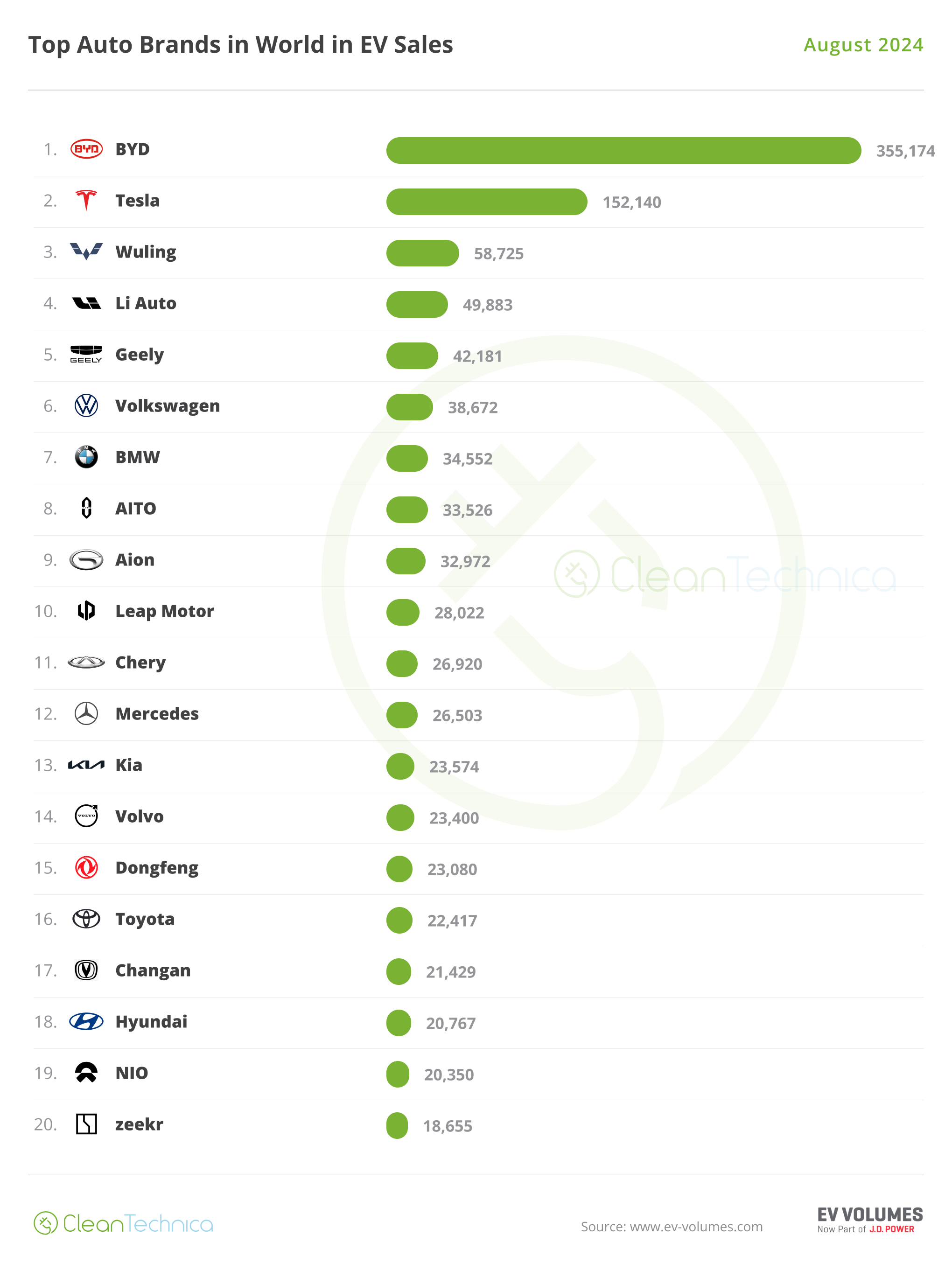There were some interesting insights into Gold Fields’ medium to long term zero emissions underground mining fleet strategy in its Climate Change Report 2023 that has just been published. The diesel equipment used in its mines – particularly its vehicle fleet – contribute approximately one-third of the group’s Scope 1 and 2 GHG emissions. To address this, Gold Fields initiated several programmes to decarbonise movement of mining material and waste. Its 2030 target is to reduce diesel usage at its mines by approximately 20%.
Gold Fields stated: “Most prominently, we initiated trials of battery electric vehicles (BEVs) at various sites in partnership with original equipment manufacturers (OEMs). These trials aim not only to reduce emissions but also enhance productivity, decrease operating costs, improve vehicle safety, and reduce diesel particulate matter (DPM).”
It says these trials thus far have yielded valuable insights. During 2023, it completed trials of four different BEVs at St Ives – loaders, LHDs (load, haul, dump) and tool carriers – but says these demonstrated “limited decarbonisation benefits with variable production performances.” Similarly, trials involving light vehicles and haul trucks at Granny Smith and Agnew helped the miner further develop its understanding of the operational capabilities and potential decarbonisation benefits of BEVs.
Gold Fields indicate that it is not all plain sailing in BEV introduction as things stand today, from its viewpoint anyway. “The trials indicated that current BEV prototypes are not as technologically advanced as required, resulting in lower availability levels, frequent battery changes or charges, and lower productivity compared with diesel vehicles. Due to the novelty of BEV technology, we also face challenges relating to longer repair times and increased frequency of repairs.” Trials of BEVs were also not successful at deep underground levels at South Deep but it did observe that underground BEVs could make a material difference when combined with potential energy savings derived from reduced ventilation.
Gold Fields says it plans to continue deploying and trialling reduced and zero-emission vehicles, including diesel-electric LHDs, e-drive diesel-electric trucks, battery electric light vehicles, and further ancillary trials with OEMs and partners. For example, it is partnering with Epiroc to develop the next generation of electric drive hybrid underground mine trucks, with a prototype scheduled for testing in 2024. Gold Fields is also already trialling the diesel-electric R2900 XE from Caterpillar.
It adds: “Many of the BEVs required for mine production will only reach maturity stage by 2025 at the earliest and to achieve the benefits of these technologies, full digital infrastructure will have to be developed at our mines. Hybrid diesel-electric vehicles may serve as a short-term solution until suitable zero-emissions alternatives become more mature and cost-effective. Meanwhile, the group is developing cleaner, safer vehicle group standards and supporting roadmaps for each of our mines.”
Moving to the bigger picture as well as surface mining solutions, Gold Fields is actively involved in the ICSV initiative led by the ICMM, which also includes participation by leading OEMs. The initiative aims to develop zero-carbon solutions for mobile equipment by 2030 for industry-wide adoption by 2040, based on partnerships and non-competitive collaboration.
Three specific goals underpin this ambition: developing collision avoidance technology to eliminate fatalities from vehicle interactions; reducing emissions of DPMs in underground vehicles and machinery; and reducing GHG emissions by developing zero-carbon solutions for mobile equipment. It adds: “The ICMM initiative recognises battery electrification as crucial in decarbonising mining vehicles. Challenges identified include low technology and commercial readiness of available zero-emission vehicles, lack of early adopters, infrastructure installation, inability to retrofit existing equipment, and change management.”
Through the initiative, Gold Fields says it is exploring and tracking the readiness and maturity of different technologies, including trolley assist, hydrogen fuel cells and hybrid battery solutions. “The use of these technologies at our operations will be determined based on best fit, technological readiness and maturity as we continue our net-zero journey to 2050. We are also investigating alternative material movement options such as in-pit crushing and conveying for open pits, as well as emerging technologies like Railveyor to move rock out of underground operations.”
To address these technology and other challenges mentioned above, the Electric Mine Consortium (EMC) was established to focus on how technology choices are impacting the supplier ecosystem; influencing policy; and communicating the business case. Gold Fields is one of five active mining members of the EMC, in partnership with equipment, batteries, energy and systems suppliers, along with potential funding partners and universities.
It concludes: “Despite the challenges, Gold Fields remains committed to improving BEV technology through collaboration with OEMs, and continued participation in the ICSV initiative and the EMC. The mining industry is actively working toward decarbonising material movement through trials, collaborations, and initiatives aimed at advancing zero-emission technologies. We remain dedicated to sharing learnings and accelerating the development of sustainable electric and zero-emission solutions for the sector.”




